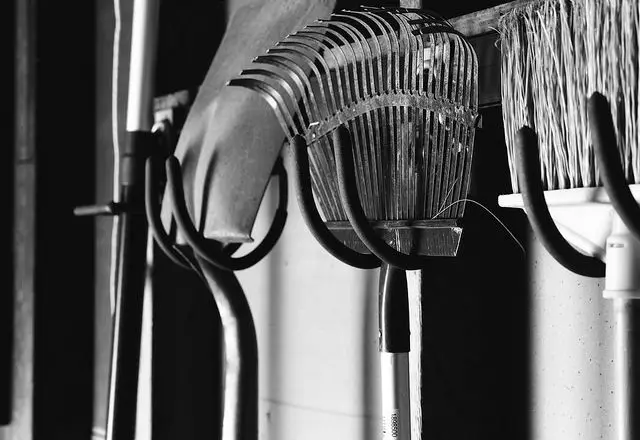Our thanks to Peter Gruner for sharing this great news item. Let’s see if we can help find these forgotten heroes. Ed
A search is on for the descendants of two forgotten heroes from the Isle of Wight – both Royal Parks staff – who died in the First World War.
The men will be among those commemorated with a special “battlefield to butterflies” project in the walled garden at Osborne House next year.
It is part of a WWI Centenary initiative, being organised by former Royal Parks director – Ryde man Mike Fitt – to remember the “green fingered” brigade from Britain’s parks and estates who sacrificed their lives for their country between 1914-18.
Forgotten heroes
Father of six, Ernest Owen Johnson, from East Cowes, was a gardener at Osborne House when he was drafted into the Royal Naval Reservists to fight in France in 1917. He died during the Battle of Cambrai in which 44,000 were killed or injured. He was 42 years of age.
Charles Mew, from Princes Street, Ryde, was 46 when he died in the battle of the Somme in 1916. More than one million soldiers were killed or injured in that fight.
Mew, a father of three, worked at Richmond Park, one of London’s Royal Parks. He was a regimental sergeant major in the army who won medals in the previous Boer war.
Help needed to locate families
Mike Fitt OBE, the former Deputy Chief Executive and Director of Parks for The Royal Parks, is now chairman of the Royal Parks Guild. He said:
“Whilst we always want to celebrate the people who work in our wonderful green spaces and horticulture generally, I feel it is important, during the Centenary of WWI, that we commemorate those staff who perished in the terrible slaughter of the First World War.
“Our two men were both buried in France. And we’re hoping that even today someone might recognise the names and help us locate their families.
“Both names are fairly common on the Island but so far we’ve not found anyone who has a connection with Ernest or Charles. We’re hoping someone will read this and get in touch.”
Gardening in the trenches
There are photos of soldiers from the Great War in the trenches carrying watering cans along the duckboards to water improvised gardens. Celery, it turns out, grew well in the dark dankness of the trench bottom. There is also a surviving military medal in the Imperial War Museum — not for valour, but for First Prize tomatoes at the Le Havre vegetable show, August 1918.
Flowers like poppies and cornflowers have also become symbols of life lost in the battle.
Very few families on the Island would not have been impacted by the war. At the time, the Isle of Wight County Press estimated at least 1,650 Islanders died based on casualty reports in The Times. It is this number whose names appear on the County War memorial at Carisbrooke Castle.
Get in touch
If you are a descendant of Ernest or Charles or think you might know one or would like to support the project please contact Mike at: mike14@tiscali.co.uk





